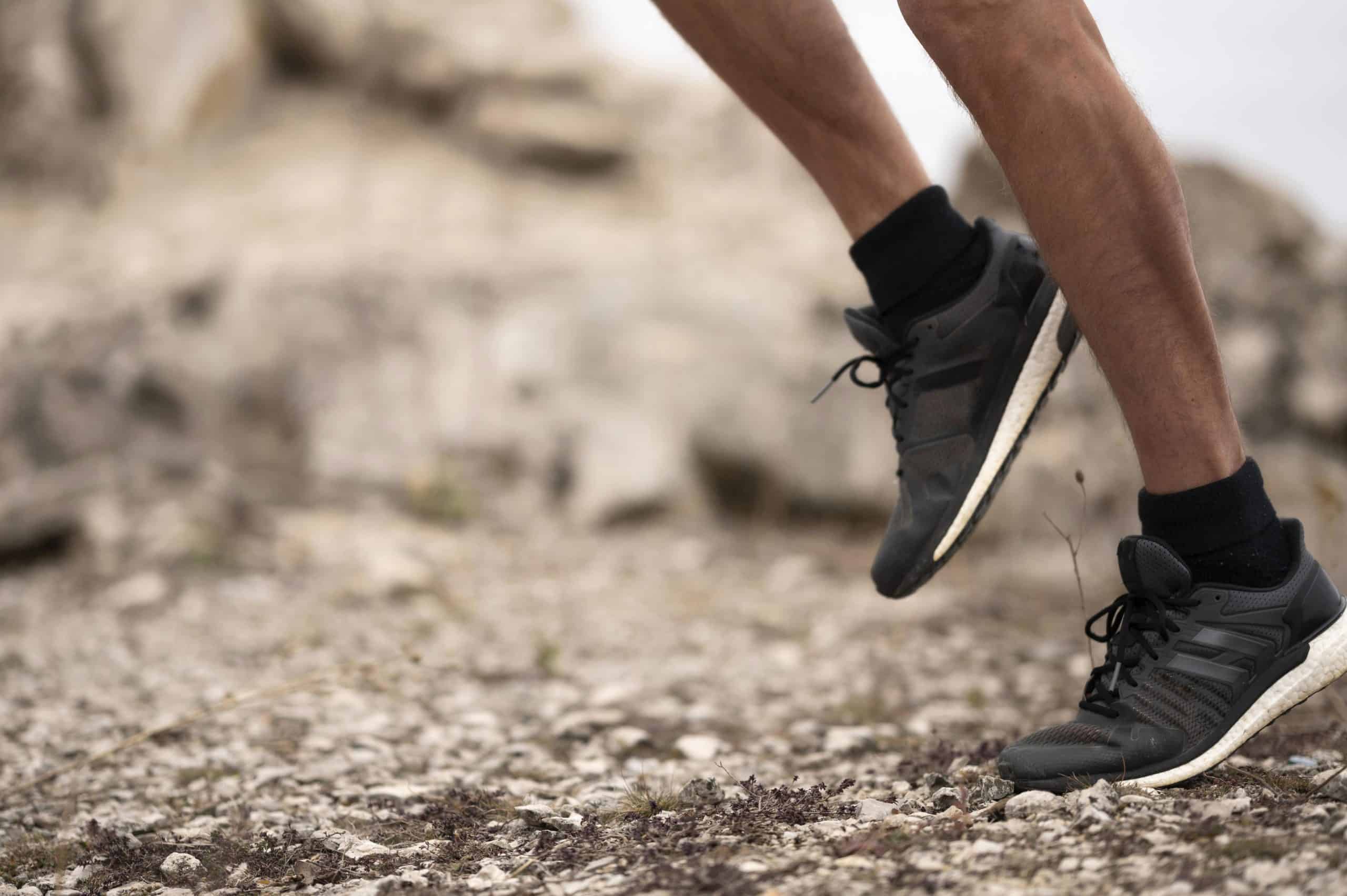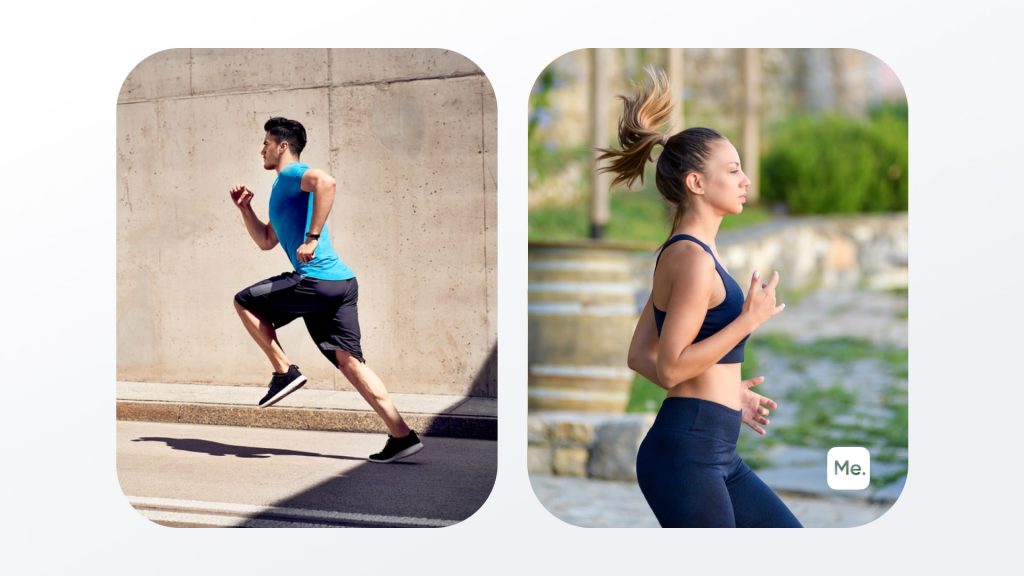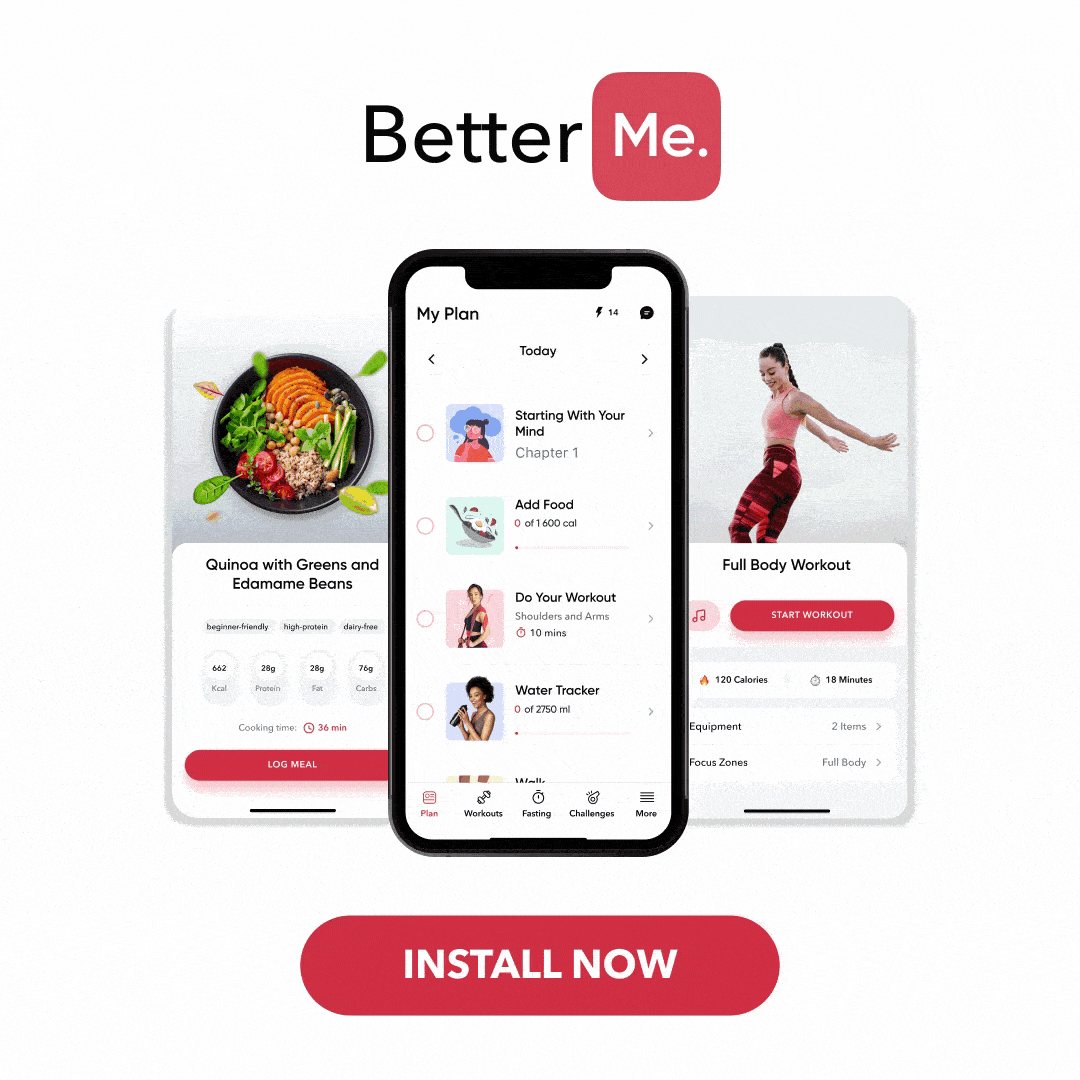Trail running is an increasingly popular sport for a number of reasons. For one, it’s an excellent way to stay in shape for road runners who are looking for a change of pace. Plus, the camaraderie and relaxed atmosphere of trail running events are conducive to making new friends and having fun. If you’re interested in trying your hand at the trails but don’t know where to begin, this guide will give you all the information you need to get started. This article covers everything from your gear essentials to how to get started with a training plan. You’ll also learn about the different types of terrain and surfaces that exist in nature so that you can pick out trails best suited for your skill level. And finally we’ll look at what type of shoes are best for trail running, what should go into a pack on long runs, and much more!
Why Trail Running?
There are many benefits for trail running, including:
Bone Health
Uneven terrain can be better for bone health than road running. The repetitive pounding of pavement can quickly lead to stress fractures and other acute injuries (4). Trail running allows you to avoid these issues because trails provide a softer landing with fewer high-impact shocks on the joints and bones.
Improved Balance And Coordination
Even experienced trail runners often find themselves challenged by uneven terrain, which forces them to work out their stabilization muscles and improve their agility and reflexes. This is great for building strength in your lower body as well as preparing yourself for potential trail obstacles like creek crossings or fallen trees.
Increased Focus & Concentration
With trail running, there’s always something new around the corner that requires attention and focus. Road runners might get bored with running the same route on a treadmill, but trail runners never tire of looking out for rocks and roots on the ground, not to mention wildlife such as snakes or bears.
Plenty Of Space For Running
Although many trails are used by mountain bikers and equestrians, most of them allow for single-track running only, meaning that the whole path is open for you to enjoy your run without worrying about sharing it with any other types of users. That means there’s never a traffic jam when you want a quiet moment to yourself.
Good For Mental Health
There’s something liberating about going into nature alone, where you have no one but yourself for company. The calm and serenity of trail running is a great way to clear your head and relax, which can help you relieve stress and anxiety.
Read More: Trail Running For Beginners: 9 Tips To Make Offroad Running Work For You
What Should I Look For In A Trail?
There are several factors that make up the fun of trail running as well as safety concerns. They include:
Trail Type
Most trails fall into two general categories: those with lots of roots, rocks, streams, mud, sand, hills and other obstacles; and those made entirely of paved surfaces such as bike paths or roads. The former type is more challenging and often covered by dirt and debris that can grab onto your shoes and rapidly slow you down.
On the plus side, the uneven surface forces you to be aware at all times about where you’re putting your feet. However, if you can’t find any trails like this near you or are simply looking for an easier place to start, try paths made entirely of paved surfaces.
Terrain & Surface
Whether you’re running on forest paths or streets lined with trees, the terrain and surface will affect how it feels to run through that stretch of land. Trails that go downhill can be very difficult if they have loose rocks or sand on them because of the potential for slipping and tripping.
They may also have uneven ground along steep inclines where footing is often more difficult than even rolling hills. If you enjoy trail running but want something less strenuous at first, opt for a trail with flat terrain and a smooth surface, such as dirt or pavement.
Length & Duration
The length and time you spend on a trail can also affect how much fun it is. If the trail is too short, you may get tired of running before you get a real feel for whether or not it’s enjoyable. On the other hand, if the trail is really long then there’s more chance of getting lost or having to turn back early because of fatigue.
Longer trails are usually better than shorter ones but even here, too many ups and downs might make them tiring or boring after a while. The best trails will be around five miles in total, which gives you plenty of distance without being so long that it becomes monotonous.
Scenery
The scenery that surrounds you as you run is an important part of any trail. If the views are boring or non-existent then it can be difficult to stay motivated and focused during your workout. That said, if the scenery is breathtaking then you’ll want to take time out from running just to enjoy it!
When looking for trails, consider being surrounded by trees on one side of you and a beautiful body of water on the other, with wildlife occasionally popping up in front of you. Of course, ideally the trail would have all three features but at least some variation is better than none at all.
Warnings & Safety Concerns
Since there are so many factors to consider when selecting a trail, it’s not uncommon to overlook a few things. This can lead to potential hazards and dangers that you might want to avoid. Before picking any trail – paved or unpaved – look into how safe it is by asking fellow runners or people who live nearby about the common risks such as:
Biking Traffic
On-road trails usually have less of a chance for this than those in rural areas, but be prepared to stop every once in a while so cyclists can pass you safely.
Poisonous Plants
Some trails go through forested areas with poison ivy and oak leaves scattered around which could cause a rash if they touch your skin directly. To reduce the chances of this happening, consider wearing long pants and long sleeves while running through the woods.
Whether you’re a workout beast or just a beginner making your first foray into the world of fitness and dieting – BetterMe has a lot to offer to both newbies and experts! Install the app and experience the versatility first-hand!
Fire Danger
Some trails meander through camping areas where brushy or grassy fields could catch fire if they are dry during hot summer months. Try to avoid these trails, especially during this time of year.
Weather
Don’t assume that just because the weather is nice today it will stay that way through your workout. Check the forecast before heading out for any trail run to make sure you‘re not caught in severe conditions such as torrential rain, lightning storms, or freezing conditions. If this information isn’t available then at least dress appropriately with clothing like shorts and lightweight shirts that can be shed if necessary.
Pets & Wildlife
If you bring your dog along while running on trails, make sure he has his tags with him so he can easily be identified if he gets lost. Also try to avoid trails that have signs warning against dogs due to hidden dangers (venomous animals, cliffs). Animals such as deer, rabbits, and birds might be common sights on certain trails but you should never attempt to touch any of them. This is necessary because some have diseases that can pass to you, while others may scratch or bite you during a close encounter
Different Trail Types
There’s an endless variety of terrain when it comes to trails in nature. Even within a single state or national park, different trails offer a wide range of different challenges that will all help you to grow as a runner.
Indoor Trails
If the weather in your area is less than ideal for running outside, consider going to an indoor facility. These types of facilities are great for when the weather’s bad, but they also provide more variety when it comes to terrain and better footing, which improves your abilities on real trails even further.
Uneven Terrain
Many trails exist naturally with rocky sections and patches of mud or sand. Other trails have been constructed by people with uneven surfaces made from railroad ties or just simply dirt. There’s no limit to how difficult trails can get, but if you’re looking to challenge yourself then uneven terrains would be ideal for you.
Uneven terrain is challenging and forces you to adapt your running style. One foot may be on solid ground while the other stumbles over a rock or root, so it’s critical to maintain good balance throughout every step of the run.
Uneven surfaces also force you to engage more muscles in your glutes, calves and lower back to maintain speed while also limiting the kind of injury or strain that can occur when running on flat surfaces.
If you’re new to trail running and experience sore legs the day after a run, focus more on uneven terrain and less on distance and time for your next workout.
Paved Trails
Some trails are made entirely of asphalt, which is common for bike paths and roads near parks. Although these trails offer a smooth surface to run on, they usually lack interesting scenery since you’re only surrounded by buildings or walls. This type of trail can be useful if you want to challenge yourself with faster paces or longer distances.
Running along a hard surface is still very different from running on grass and dirt so you’ll quickly discover new muscles and ways of moving that you might not have noticed before.
Read More: Types Of Walking Styles And How To Use Them For Maximum Health Benefits
Before You Head Out: Gear Essentials For Trail Running
Trail running requires a little more gear than road running because it’s always best to be ready for anything! Here are the essentials you’ll need for your first trail run:
Sturdy Shoes
To withstand the challenges of running on uneven ground, it’s best to wear shoes with some traction.
There is a broader range of trail running shoes on the market today than there ever has been, and most come with extra support and traction. Compared to road shoes for example, trail runners usually have more cushioning and grip (especially important for steep trails), as well as sturdier materials and laces that don’t let in lots of water or mud.
If you’re just beginning trail running, it’s best to start out with trail shoes that are made specifically for the sport since they tend to be better designed for their purpose than road sneakers.
Water Bottle
You’ll definitely want to pack a water bottle and bring it with you on every trail run that lasts longer than 30 minutes. If you forget, there is likely to be water along the trail for refilling at least once or twice, but carrying your own supply ensures that you never run out completely.
The same rule goes for snacks such as energy bars or gels. Bring them with you so that if your energy level begins to drop mid-way through your trail session they can help provide an immediate boost of nutrients and calories needed to keep going until you reach home for a full meal.
Navigation Tools
Running in the woods, especially at night, requires some type of navigation tool to ensure you’re on track. This could be a trail map or simply following someone else’s footsteps ahead of you.
The trails may also have markers to help guide you along the way so it’s important to know what to look for before heading out.
Watch
For trails that won’t be lit by the sun or streetlights, it may be a good idea to bring a watch (ideally with an illuminated face for night runs). A watch can also help you keep track of your pace and progress if you choose to bring it along.
Headlamp And Reflective Clothing
You should never run in the dark since doing so puts yourself at risk for tripping and falling, and pets and other wild animals also tend to go outside more at night which means they could be lurking around any corner waiting for you.
The best rule of thumb is that if it’s already past sunset then plan on staying inside until the morning arrives. If this isn’t an option, then at least wear a headlamp and reflective clothing to stay safe.
How To Start Trail Running
Here are the things you must do to make the most out of trail running.
Master You Pre-Run Warmup And Post-Run Cool Down
One way that the pros in any sport improve their performance is by taking time in advance of an important event, such as before every run, to warm up and cool down.
A pre-run warmup also helps reduce your risk for injury when you begin running because it allows your muscles to get loose and prepare for work ahead (7). While there are many ways to approach a pre-run warmup routine, here’s one easy step that works well for most people:
- Start off with 2 minutes of stretching your hamstrings, hip flexors, back, and calves. This step is especially important for people who spend a lot of time sitting in front of a computer or driving since their hip flexors often get tight from being in this position for so many hours each day.
- Next, do one minute of easy walking to warm up your muscles and increase your pulse rate. Now it’s time to begin running!
If you’re able to hit the trails then start off by jogging them at a very slow pace while focusing on form. Make sure that your stride isn’t too long and that you’re not leaning forward.
Conversely, if flat terrain is all that’s available then jog around your neighborhood at a low intensity for no more than 5 minutes before switching to an easier mode of transportation until you get to the trailhead where you can pick up your pace again.
Once you’ve finished running, be sure to cool down by walking briskly for at least 2 minutes before stretching out your muscles again.
A cool-down session is necessary since it allows your heart rate to return to normal after the elevated levels caused by running (3).
Dropping pounds by the dozens without putting yourself through the wringer is everyone’s weight loss pipe dream. But what if we told you that the BetterMe app can make that happen? Keep yourself in prime shape with our fat-blasting workouts, delicious budget-sparing recipes, and body-transforming challenges with our app!
Master Proper Trail Running Form
Proper trail running form can help prevent injury since it strengthens your muscles while it helps you adapt to the demands of the trail (6).
Staying upright is very important when trail running because if you lean too far forward or back then you risk tripping over something, which could lead to a serious fall.
You also need to focus on staying light on your feet by landing with gentle foot strikes instead of pounding down onto the ground.
Run Farther By Using Hills As A Training Tool
The best way to build endurance is by running hill repeats. Running uphill is tough, so naturally, your body will become stronger and better able to deal with the demands of trail running in no time (1).
It’s best if you start uphill training off slowly, such as by running up a steep hill that takes approximately 45 seconds to get up and then jogging back down again at an easy pace to recover.
After each run, add an additional second or two until you’re eventually able to reach the top in just 30 seconds while still maintaining good form. From here you can move onto steeper hills over time.
Make sure that when you train on hills that they aren’t too steep since this could increase your risk for injury and lead to instability problems like ankle sprains (1).
Many runners make the mistake of running flat ground for the majority of their workouts, which is why they often fail to improve after a certain point.
While typically only steep hills are used during training runs, you can also incorporate trails since these settings will force you to run uphill and downhill, which helps strengthen your leg muscles in different ways than running on flat land would.
Train Your Core With Ab Exercises
Being able to complete long trail runs without getting injured requires strong core muscles that act as stabilizers, so it’s best if you perform various ab exercises before running (2). Some great moves include mountain climbers, abdominal crunches, regular crunches, and planks.
Pick a day or two each week to cross-train, during which you can focus on your core.
Work On Your Mental Strength
Trail running is a mental sport since being able to stay focused for long periods of time will help you overcome challenges that come with the sport, such as running through tough terrain.
It’s easy to get distracted when out on a run in the backcountry, but pushing through tough times and managing to persevere yields strength that spills over into other areas of your life.
Be sure to spend some days doing activities like yoga or hiking instead of running in order to rest your muscles while still staying active. In addition, these exercises can give your mind a much-needed break from the constant demands of trail running.
Listen To Your Body And Take Rest Days
Rest is just as important as training if you want to see results later on down the road (5).
If you’re feeling sore or fatigued, then it’s time to take a rest day and let your body start recovering so that you can be stronger than ever in future runs.
Taking advantage of rest days will also help prevent the overtraining syndrome, which occurs when an athlete continues to run hard even though their body hasn’t fully recovered from previous workouts.
Because of this, rest plays an important role for runners who are serious about gaining strength and improving overall performance.
The Bottom Line
Trail running can be a lot of fun, and it helps strengthen your body in different ways than running on flat ground would.
It’s important to follow the tips outlined in this article if you want to become a great trail runner and avoid injuries that could potentially end your running career altogether.
Remember that the most successful trail runners train hard and eat healthily, but also know when to rest or cross-train so their bodies can recover from difficult workouts.
DISCLAIMER:
This article is intended for general informational purposes only and does not address individual circumstances. It is not a substitute for professional advice or help and should not be relied on to make decisions of any kind. Any action you take upon the information presented in this article is strictly at your own risk and responsibility!
SOURCES:
- A Paradigm of Uphill Running (2013, nih.gov)
- Core exercises: Why you should strengthen your core muscles (2020, mayoclinic.org)
- Do We Need a Cool-Down After Exercise? A Narrative Review of the Psychophysiological Effects and the Effects on Performance, Injuries and the Long-Term Adaptive Response (2018, nih.gov)
- Injuries in Runners; A Systematic Review on Risk Factors and Sex Differences (2015, nih.gov)
- Post-Exercise Recovery: Fundamental and Interventional Physiology (2016, nih.gov)
- Prediction of Performance in a Short Trail Running Race: The Role of Body Composition (2019, frontiersin.org)
- The effect of warm-ups with stretching on the isokinetic moments of collegiate men (2018, nih.gov)



















